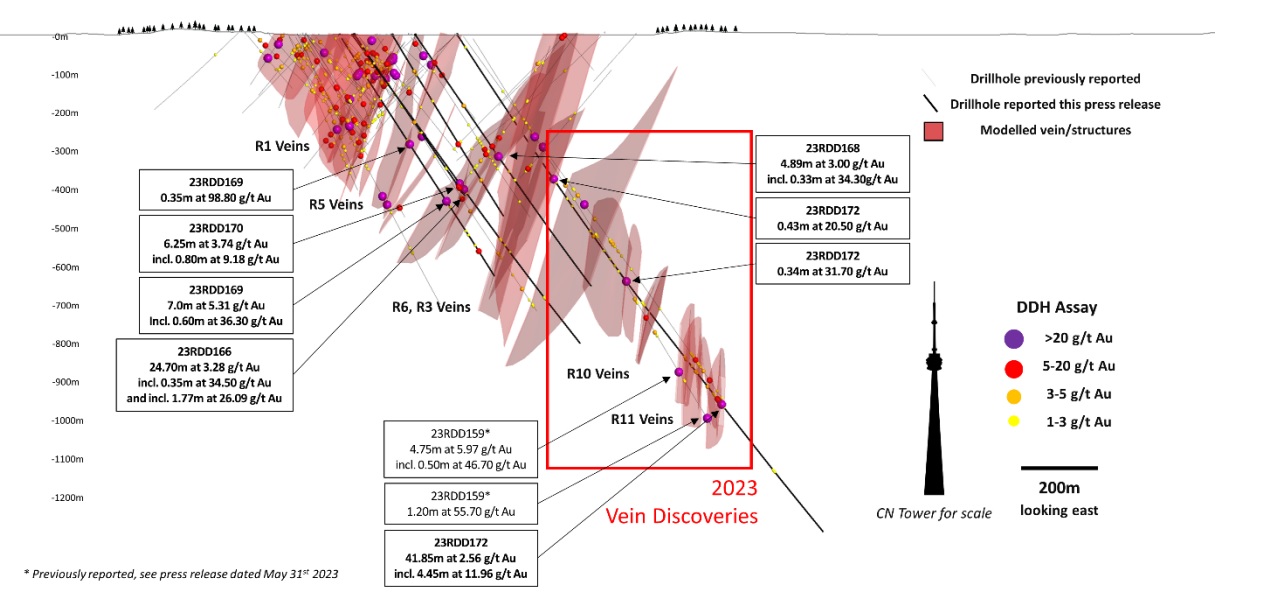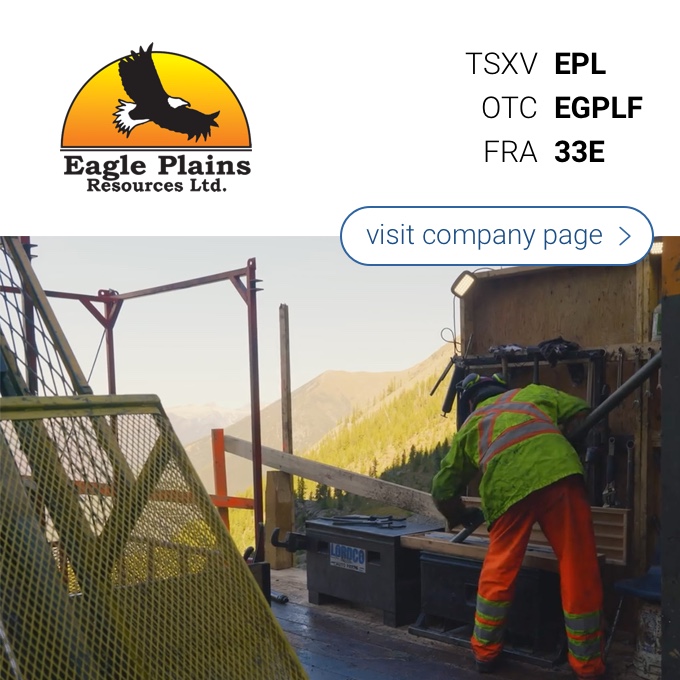
Kenorland Minerals (KLD.V) announced the results of additional metallurgical testing on material from its Regnault gold system on the Frotet project in Québec. The additional test work followed up on the results released in January which also identified additional steps to further optimize the recovery rate. And in the recent tests, the company looked at the impact from gravity separation prior to cyanide leaching, the impact of finer grinding levels and using flotation before cyanide leaching.
The highest recovery rates were achieved using an optimization of the whole ore leaching process, which resulted in recovery rates of 93.3% for gold and 90.5% for silver. This was higher than the gravity-before-cyanide leaching process where the average recovery rate was just 90% for the gold, and clearly better than the flotation-before-leaching scenario where the recovery rate is just under 84% for the gold and just over 82% for the silver. However, the latter scenario would reduce the cyanide consumption by about 65%.
Kenorland is slowly ticking all the boxes for its Frotet project, and the positive results from the metallurgical test work will further help to determine the potential economics of the project further down the road once a maiden resource estimate will have been established.
Disclosure: The author has a long position in Kenorland Minerals. Kenorland currently is not a sponsor of the website but has been a sponsor in the preceding twelve months. Please read the disclaimer.

